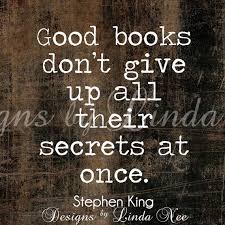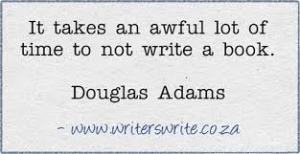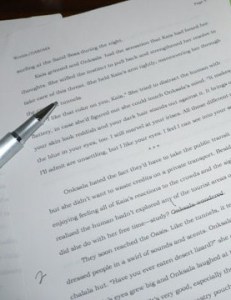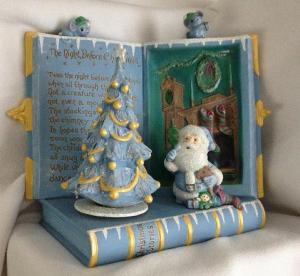
Getting into the spirit of the holidays.
It’s that time of year again. Fueled by our Thanksgiving feasts we’re ready to begin the holiday dash. We enter the frenzy of buying, wrapping, shipping, stamping, mailing, cooking, baking, and battling the long To-Do list for preparing a “magical” holiday for family and friends. It seems impossible to find a spare minute to focus on putting words on paper. I’ve discovered that THIS is the time of year to read or plan a project. I feel I’ve accomplished SOMETHING during the holiday season when I focus on WORDS.

Reading about writing craft in magazines, on websites and blogs IS part of a writing career.
It’s not so much about putting words onto paper but on keeping a pulse on the rhythm of words. When I focus on words, I’m able to embrace the holiday dash—and feel I’m made a little progress toward my writing while crossing off items on an ever-growing To-Do list. These tips may help you too:
Tune into language. You can do this two ways. Listen to holiday songs and note the phrases that paint images as well as evoke emotion. Songs and poetry rely on specific word choice to get a meaning/scenario across to the listener very quickly. Or while reading, notice vivid verbs or phrases that conjure images and/or emotion. For example, while reading a fantasy novel recently I made this list:
- hulking machines
- enormous iron beetles
- stabbed up from the earth
- billowing smoke
- snorting steam
- wreathed in smoke.
In another story, I listed strong, vivid verbs and modifiers:
- swirled
- twisted
- blooming
- sprouted
- jagged
- crumbling
- loomed.
When you tune into language like this, you’ll soon find yourself reaching for a more vivid and creative phrase, rather than relying on the first word that comes to mind.
Return to the Pre-Writing Phase. As a nonfiction author, I can make progress by reading for research and then planning an article or section of my book project. But fiction writers can also use this time to plan and pace out story scenes. Remember that the phases in the writing process are recursive. This is NOT like baking cookies. (Though I use time spent mixing, rolling out, cutting, and baking sugar cookies to play with story pacing or focusing a nonfiction topic.)
People watch. Rely on a writer’s power of observation by watching people while you’re stuck in line or waiting somewhere. (If you’re not already a keen observer, now is a great time to develop this skill!) Make a mental list of specific actions. What do they reveal about personality? Note outfits and how people interact with those around them. What clues would these provide a reader about a character’s inner workings? How might you spring-board from these observations to enhance your work-in-progress?
All of these things can be done while you’re working on crossing off items on December’s lengthy To-Do list. I’ve found it balances out the frenzy of the holiday dash.
May you cross the “finish line” to happy holidays and make a little progress in the pre-writing phase in the coming month. 

 Summertime. Freedom. More time for fresh air, sunshine, outdoor and leisure activities. Many of us focus on watching what we eat and getting healthy. Why not put your summertime writing on a diet too?
Summertime. Freedom. More time for fresh air, sunshine, outdoor and leisure activities. Many of us focus on watching what we eat and getting healthy. Why not put your summertime writing on a diet too? Cut to trim the filler. Here are a few things to look for:
Cut to trim the filler. Here are a few things to look for:


















